Search
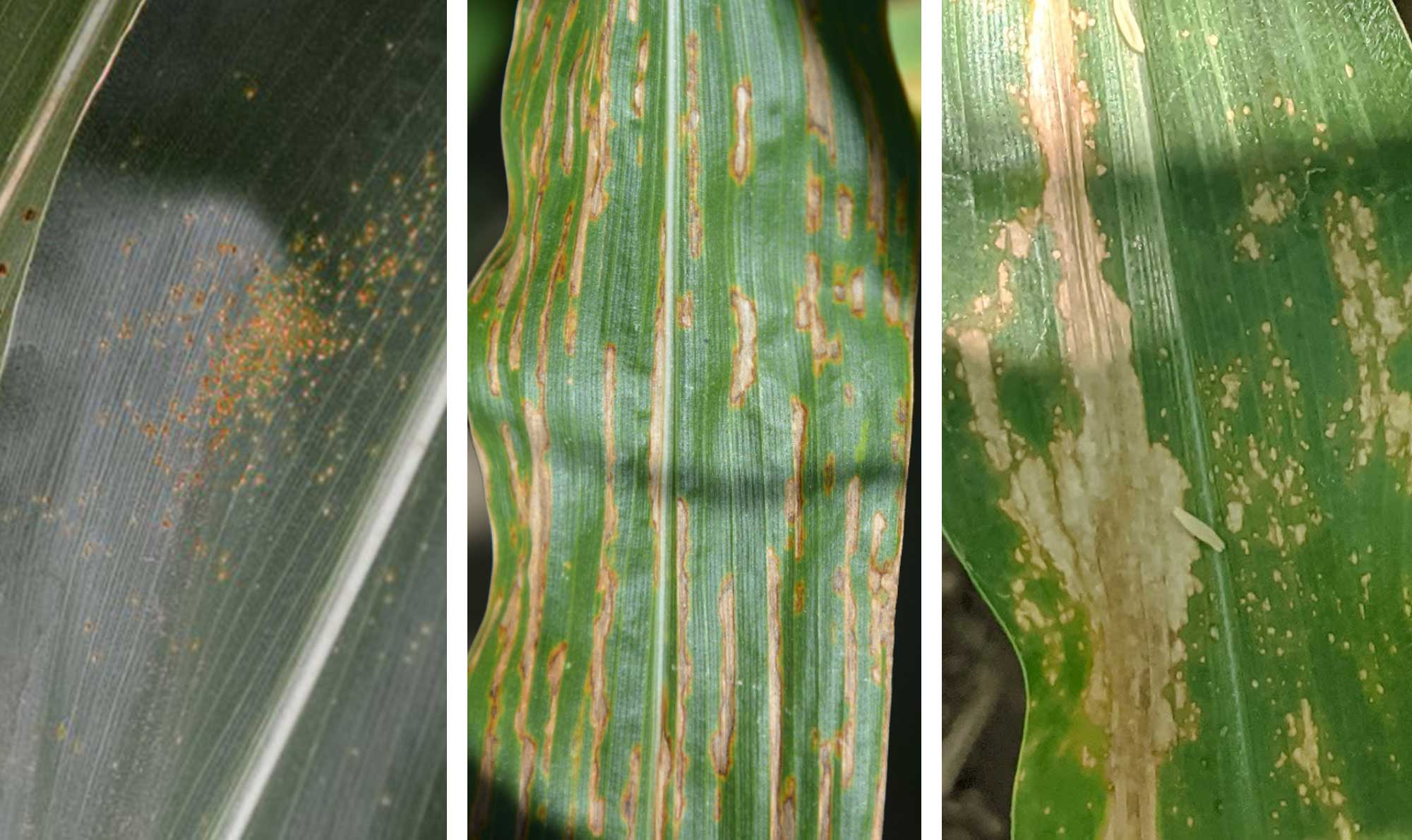
Southern Rust, Bacterial Leaf Streak, and Eyespot Are Developing in Corn
Southern rust was found in Yankton County, bacterial leaf streak was found in Brule County, and eyespot was found in several fields and counties the week of July 27, 2020.

Weighted Exercises
Strength training is an important way to keep your body moving and in optimal health. Strengthening your muscles also helps your body perform everyday activities with ease and comfort.
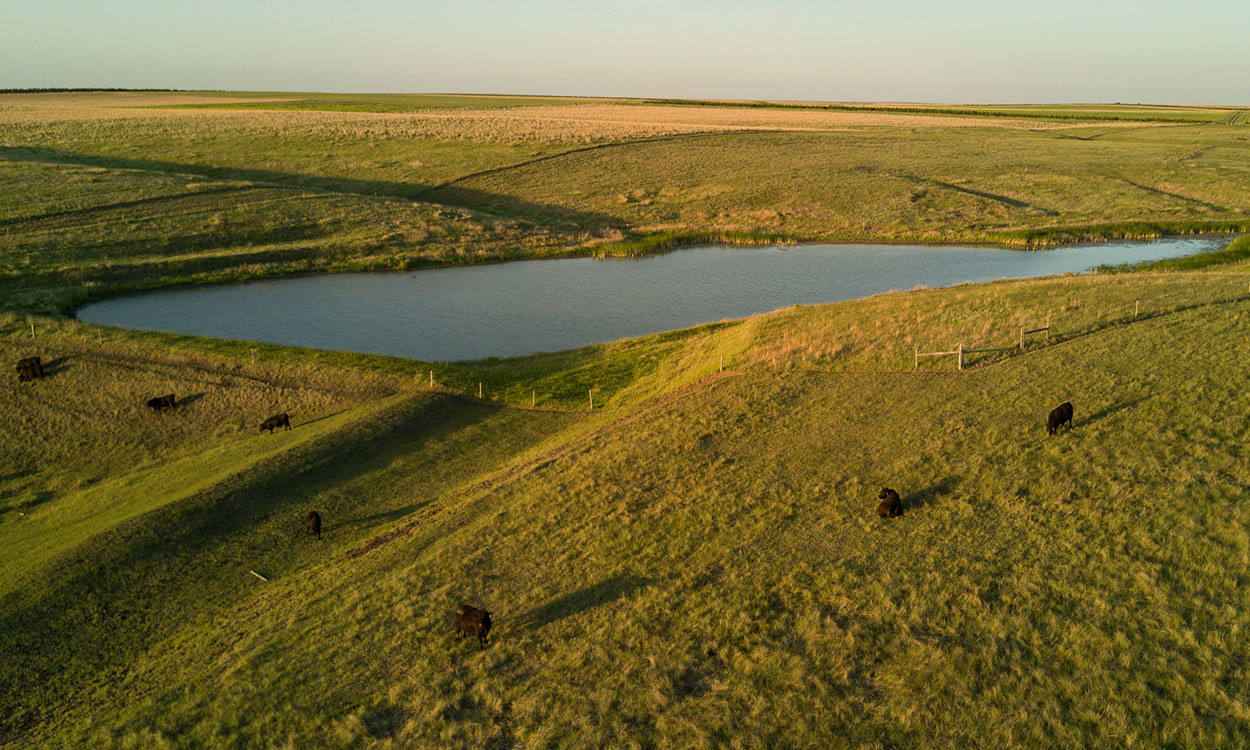
Cool-Season Grasses of South Dakota
Fact sheet about cool-season grasses in South Dakota.

Using Estrous Synchronization in Natural-Service Breeding Situations
Estrous synchronization is typically associated with artificial insemination (AI) programs, and is therefore often viewed as impractical or impossible to use within natural-service herds.
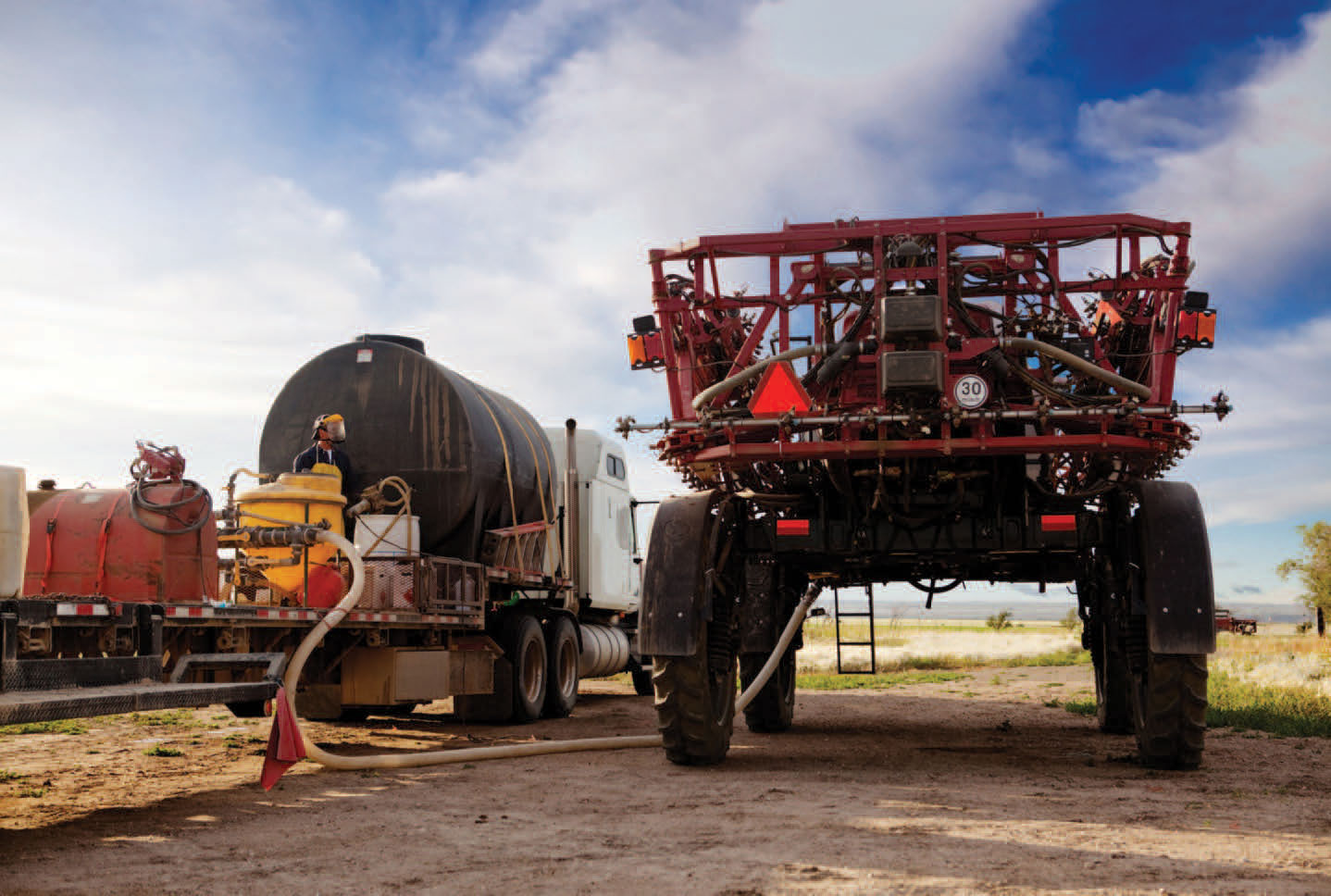
Alternatives to Postemergence Dicamba Applications
Cancellations of three dicamba labels on June 6, 2020 by the U.S. Environmental Protection Agency, left many farmers looking for options for effective weed control this summer.
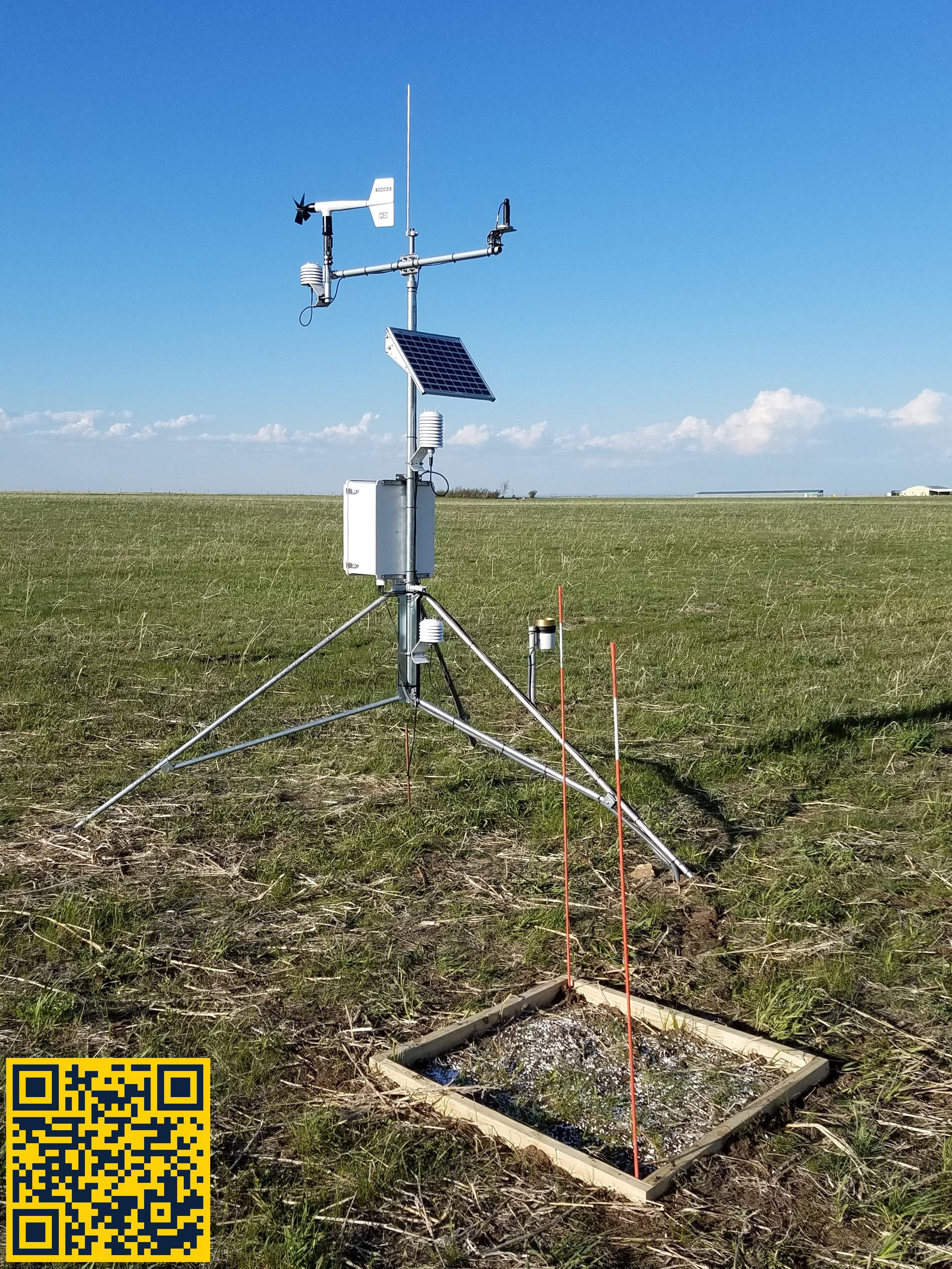
Climate and Weather
View resources to predict, prepare and recover from weather-related events year-round, including the latest drought and flood information.
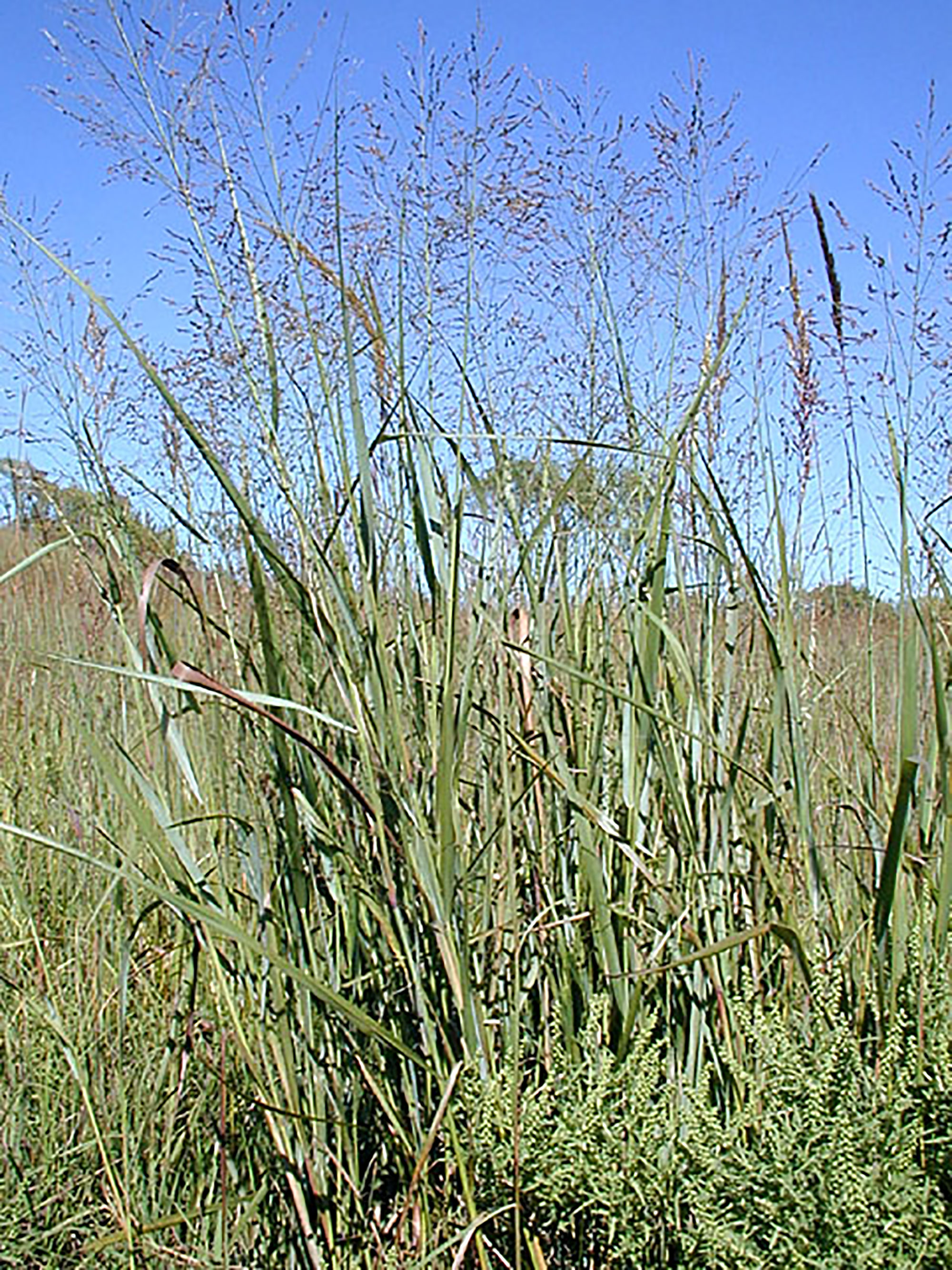
Warm-Season Grasses of South Dakota
Fact sheet about warm-season grasses in South Dakota.

Fire Blight
Fire blight is a disease that can infect apples, pears, and certain ornamental species including crabapples, cotoneaster, and mountain ash. Occasionally it may also appear on cherries, plums, Juneberry (also called Serviceberry or Saskatoon), and raspberry. This disease, caused by the bacteria Erwinia amylovora, can damage blossoms, fruit, leaves, shoots, and branches. If it is not controlled, fire blight may kill the entire tree or shrub. Infected tissue cannot be cured, but will need to be removed from the tree to prevent further spread.
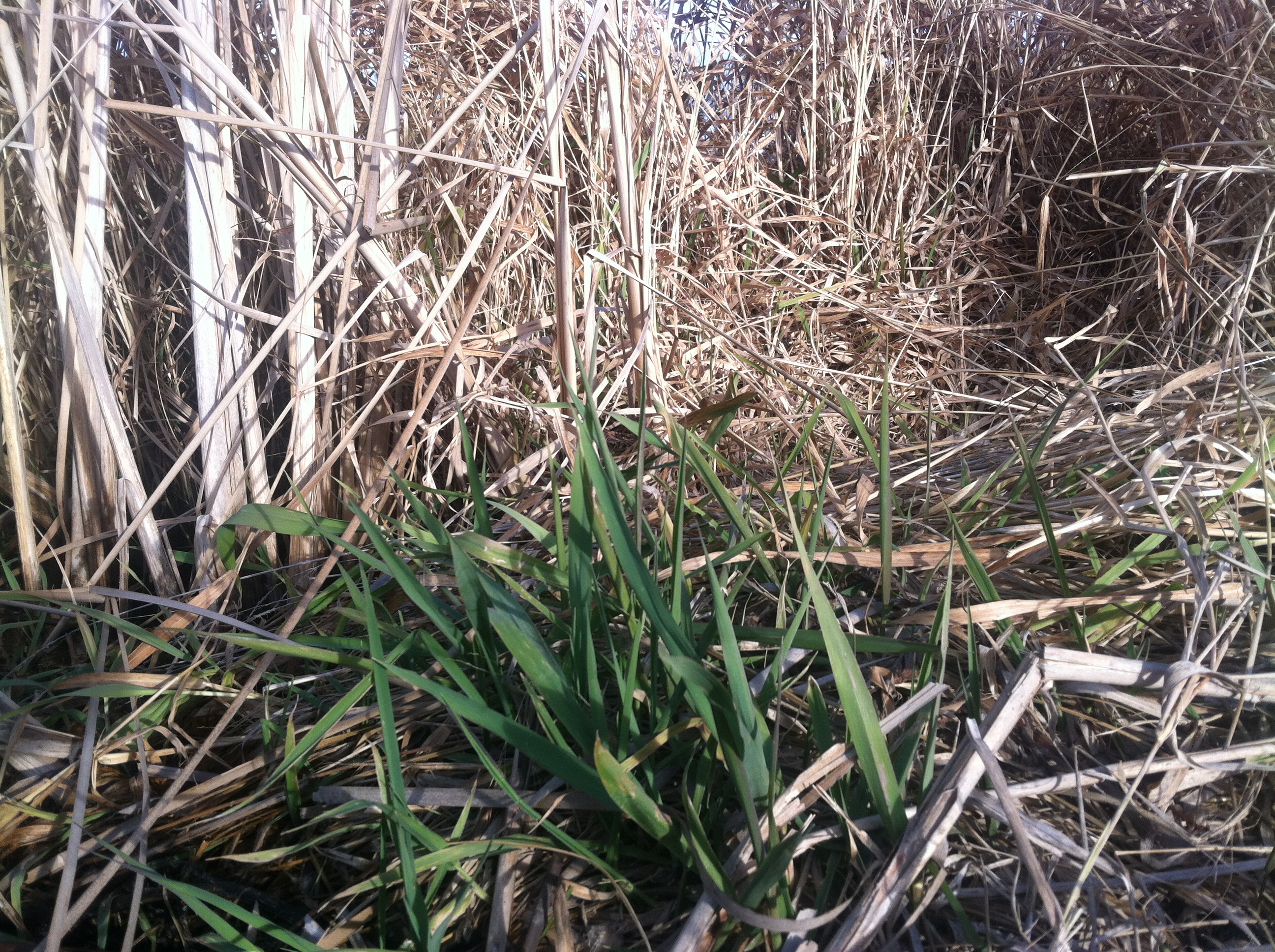
Reed Canary Grass: Possible Prussic Acid & Alkaloid Issues
Prussic acid issues with reed canary grass are poorly understood and may go unrecognized if they occur. This article addresses a little-known but interesting aspect of the biology of reed canary grass.
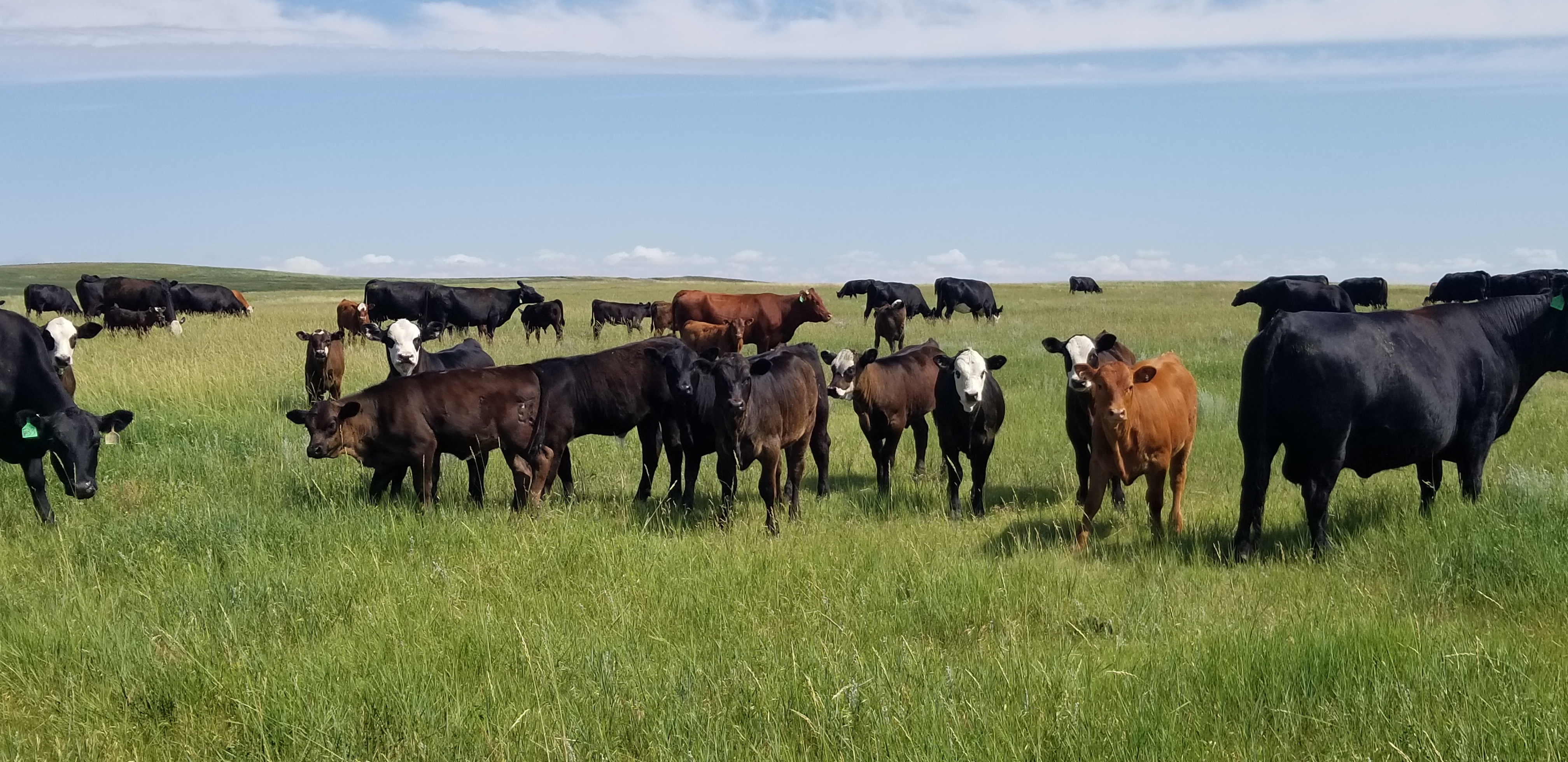
Feed Nutrient Comparison Calculator
This comparison calculator is designed to assist producers with supplemental feed purchasing decisions for their operation.